Description
The Minett Trail leads trough the Minett Region on 90 kilometres. You can split the trail in ten stages on which you can discover little villages and bigger cities, but also hike through eight nature reserves. These charm visitors with their old woods and former open pit mines whose cliffy rock faces, red rocks and pit brows are unique in Luxembourg.
This 12-kilometer long stage starts at the foot of the "Gaalgebierg" (translated: gallows hill), a grotesque name for a hill that is home to the municipal park as well as a animal park, "Escher Déierepark", which is open to the public and free of charge. Here you can observe 25 species of animal or take your first break at the "Bamhauscafé". To the café also belong three tree houses for overnight stays.
Walking on, you will discover the "Ellergronn" nature reserve, which wraps around the "Gaalgebierg". You will pass old mine entrances, a small mining museum, as well as the "Ellergronn" Nature Conservation Centre, where you can find out more about the nature reserve. Delve into the lives of miners at the Museum of the Cockerill Mine, whose exhibits focus on the workers’ lifestyle and labour conditions. Both the "Ellergronn" Nature Conservation Centre and the museum are free of charge.
On your way to Kayl, you will pass the "Léiffrächen", a popular pilgrimage site in Luxembourg. The “Léiffrächen” is the patron saint of miners and mines and she is inextricably linked to the history of mining and miners’ families in Luxembourg. A statue of Our Lady of the Miners is housed in a small chapel in a grotto, where pilgrims flock to honour Her.
The National Mining Memorial was built right next to the pilgrimage site to pay tribute to those who lost their lives at work. If you read the inscriptions carefully, you will note that some of the deceased weren’t even 14 years old when they lost their lives…Climb to the top of the viewing tower to enjoy all-encompassing sights of the area!

Signposting

Directions
This stage starts at the foot of the "Passerelle" bridge in Esch-sur-Alzette or at the Tétange train station. Follow the official signposting: The signs show three red arrows on a white background. They are signposted "on sight" and may be affixed to streetlights or other posts..
While in our nature, you can find them on trees and posts. At important junctions you will also find signposts with arrows indicating the direction and information about the distance to specific points, as well as pictograms of points of interest.
For your safety
Equipment
Journey
Parking: Public parking available on site.


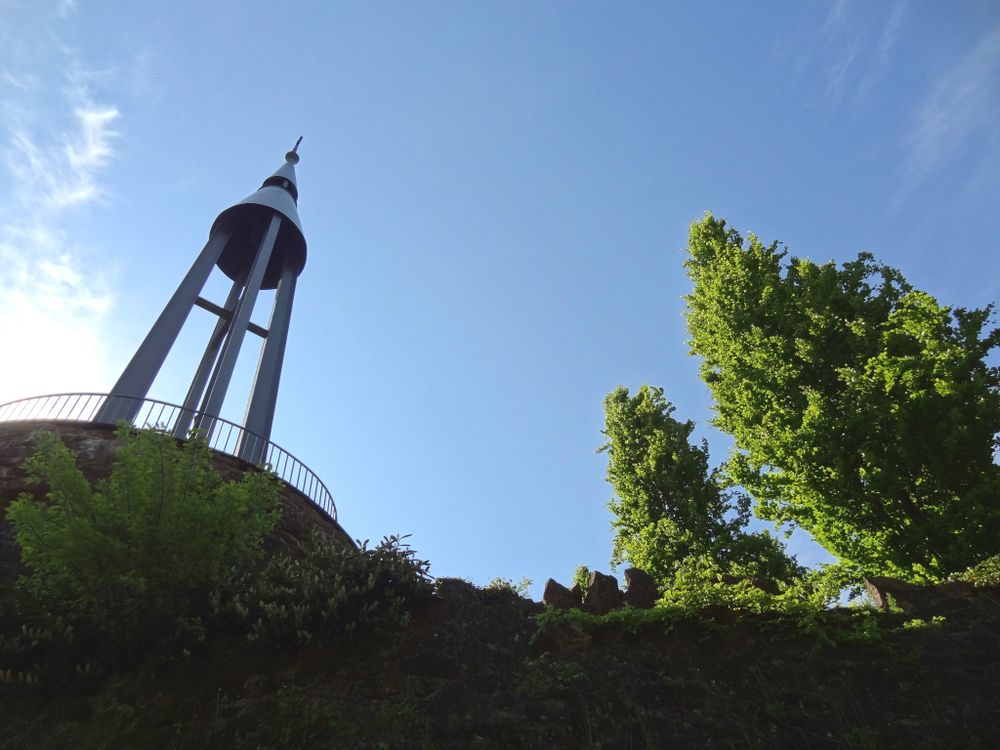
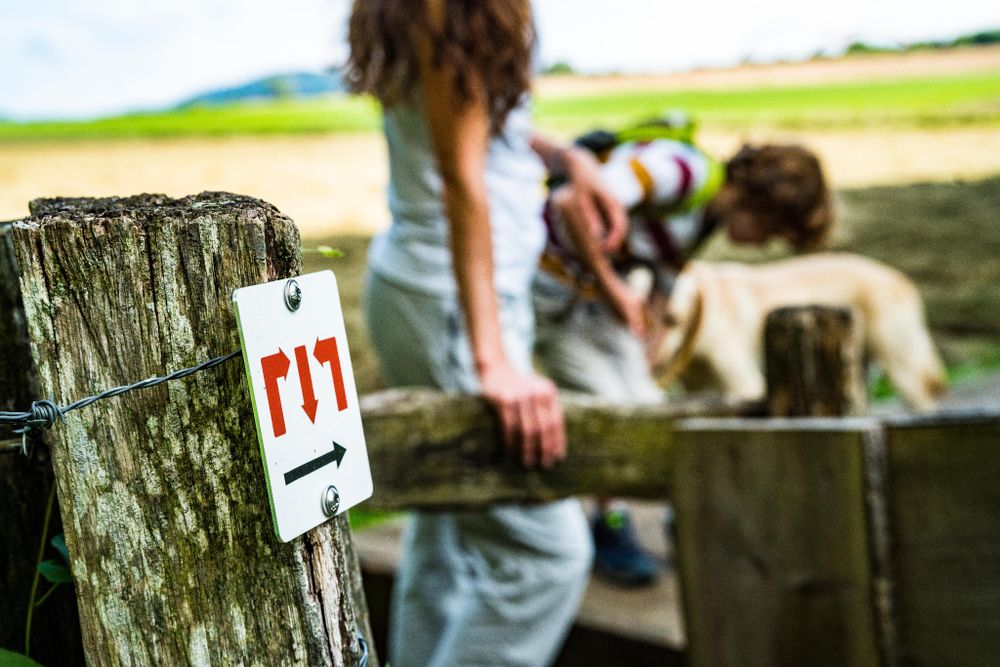
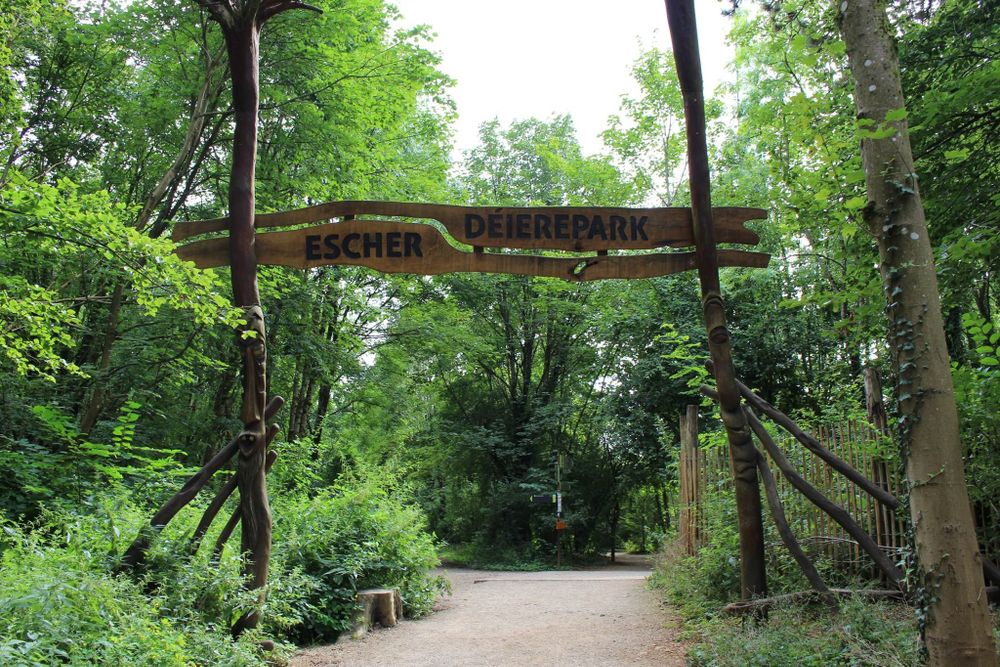
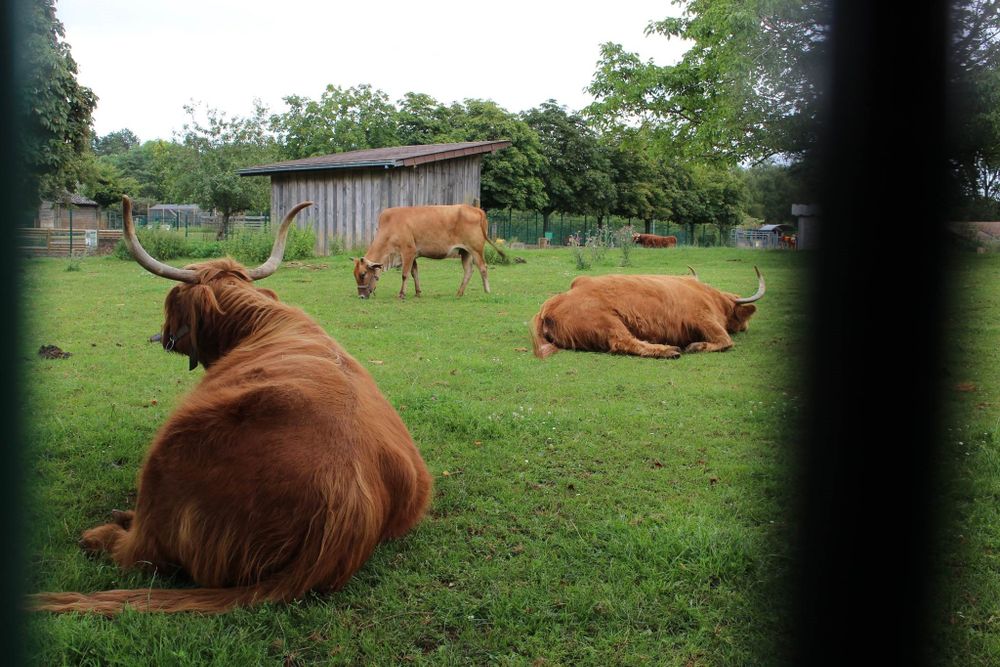
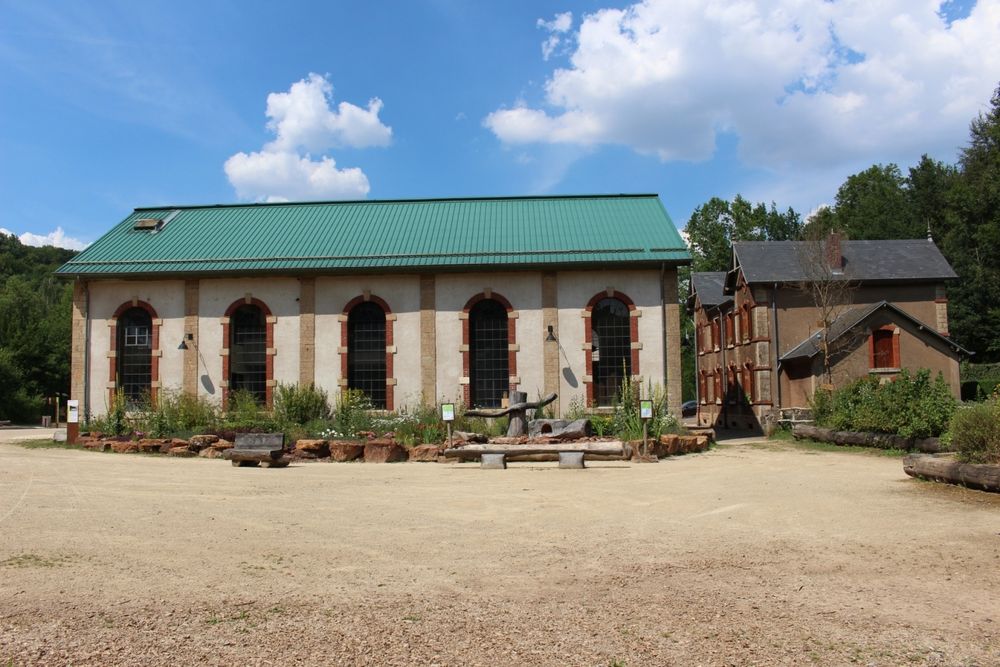
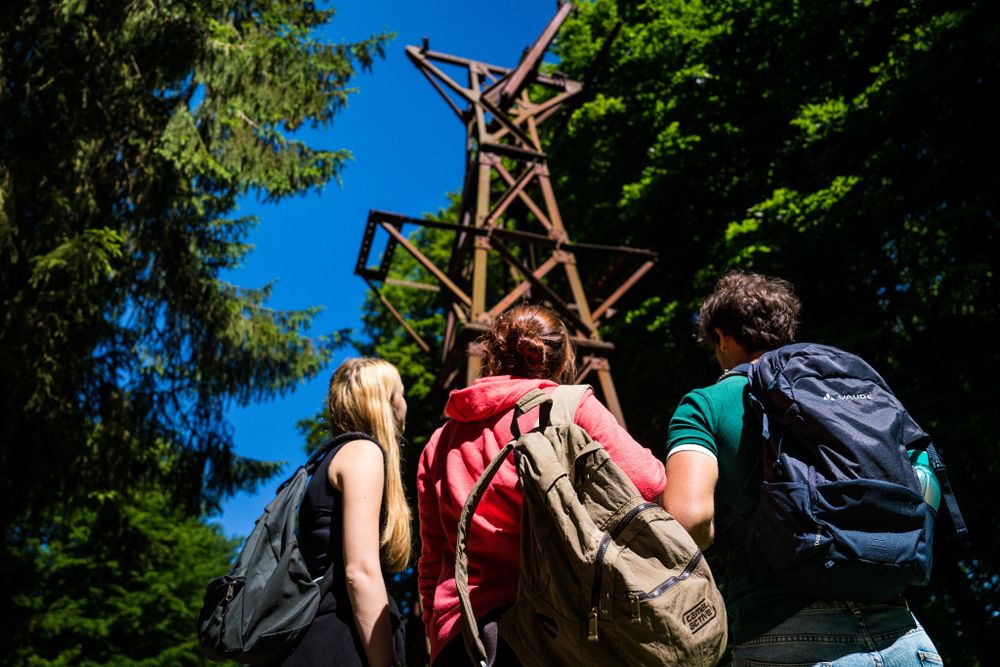

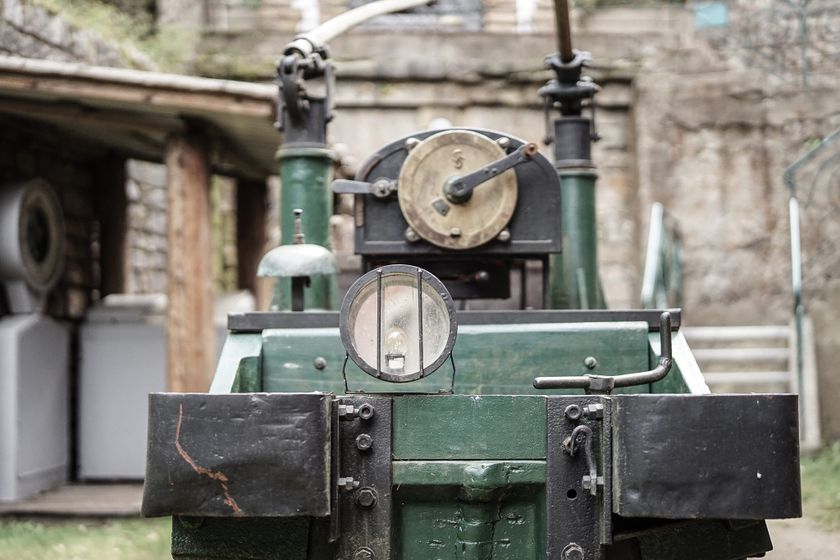

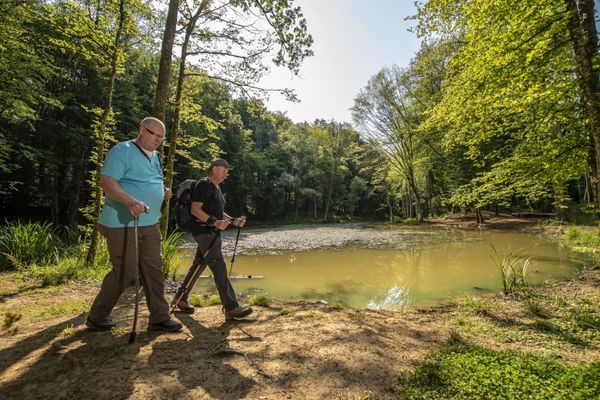



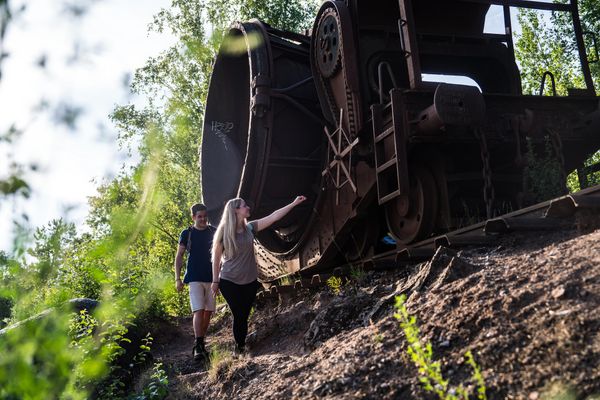
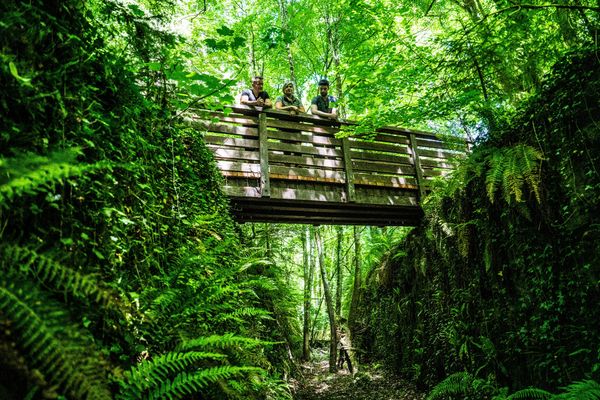
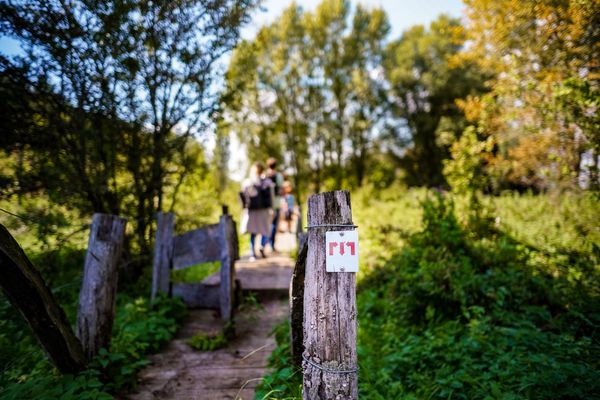
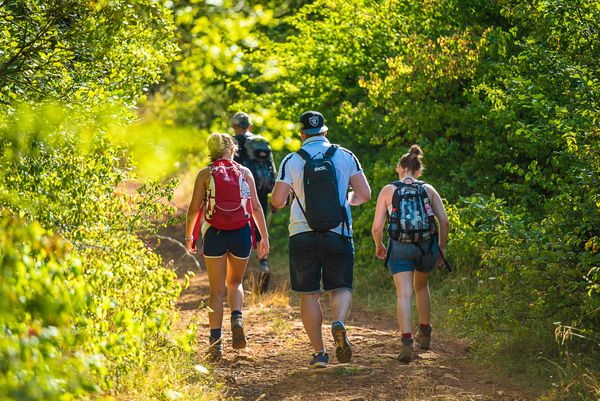
 This website uses technology and content from the Outdooractive Platform.
This website uses technology and content from the Outdooractive Platform.